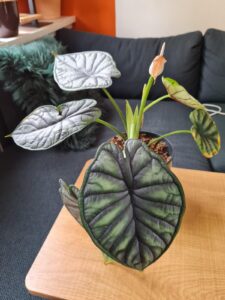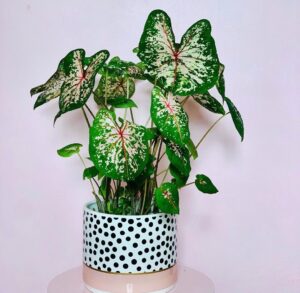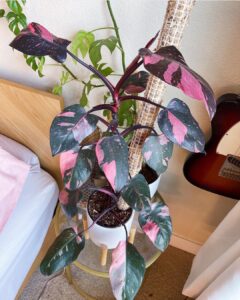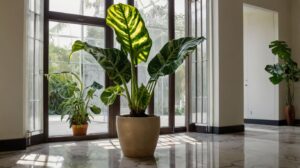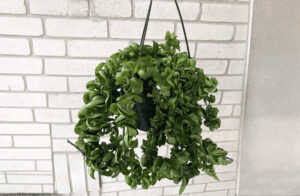
When it comes to creating a cozy atmosphere at home, houseplants can work wonders. Not only do they enhance the aesthetic appeal, but they also serve as natural room dividers. In this article, I’ll share how you can use indoor gardening to define spaces and create a sense of privacy using greenery.
Key Takeaways:
- Choose the Right Plants: Select varieties that suit your light conditions and desired height.
- Get Creative with Arrangements: Explore vertical gardens, plant shelves, hanging planters, and grouped arrangements.
- Maintain Your Indoor Garden: Regular monitoring and seasonal adjustments will keep your plants healthy and thriving.
In this article
Choosing the Right Houseplants
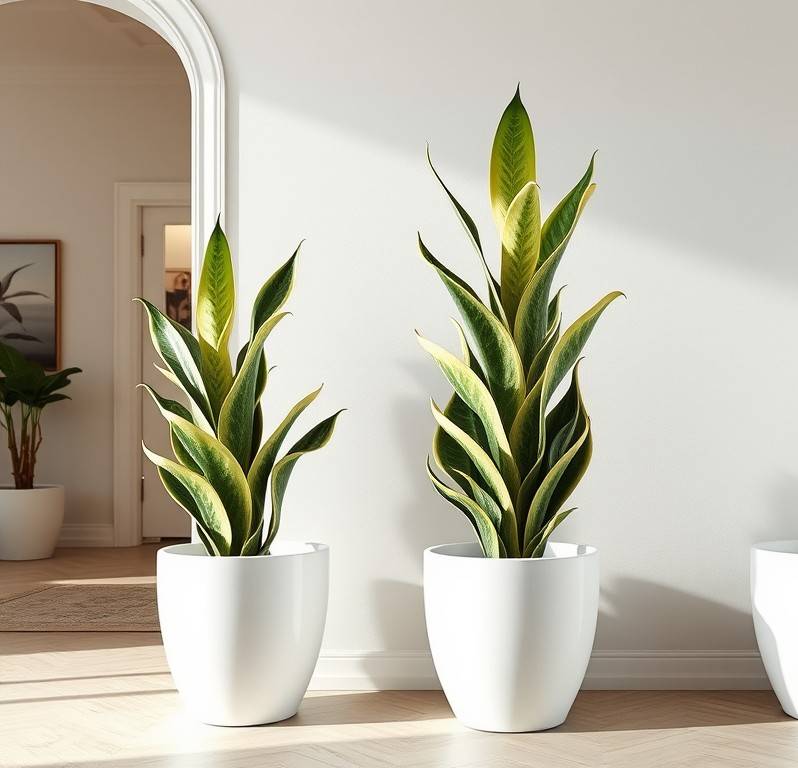
Using houseplants as natural room dividers is a fantastic way to add life to your space while maintaining an open feel. Unlike traditional dividers, plants bring a sense of warmth and vibrancy to your home. They can soften harsh lines and create a more inviting atmosphere.
Using houseplants as room dividers has the following benefits:
- Aesthetic Appeal: Houseplants come in various shapes, sizes, and colors. Whether you prefer tall, leafy varieties or smaller, bushy plants, there’s a perfect option for every space. Imagine a lush fiddle leaf fig or a cascading pothos creating a stunning focal point while dividing your living area!
- Improved Air Quality: Many indoor plants are known for their air-purifying qualities. Plants like snake plants and peace lilies not only look great but also help filter toxins from the air, creating a healthier environment for you and your family.
- Enhanced Privacy: In open-concept homes, privacy can sometimes feel elusive. Strategically placing tall plants can create a natural barrier, allowing you to enjoy your space without feeling exposed. It’s like having a cozy nook in the middle of a bustling area.
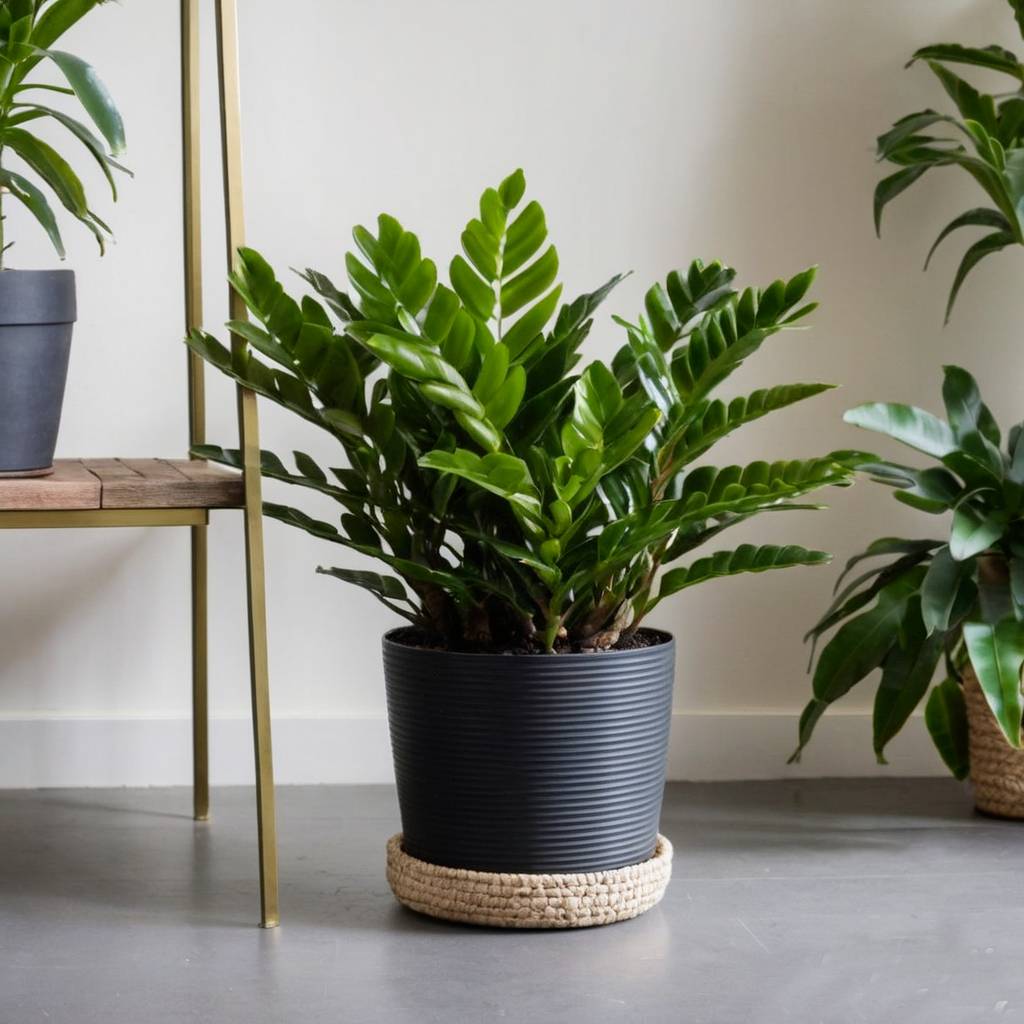
Now that we understand the benefits, let’s talk about how to choose the right houseplants for your living room dividers. The selection process can be exciting, but it’s essential to consider a few factors.
Before you rush out to buy plants, take a moment to assess your space. Consider the amount of natural light your area receives. Some plants thrive in bright, indirect light, while others prefer low-light conditions. For instance, if your living room is bathed in sunlight, you might opt for a tall rubber plant or a vibrant monstera. On the other hand, if your space is a bit shadier, snake plants or ZZ plants could be your best bet.
When using houseplants as natural room dividers, size matters. You’ll want plants that can stand tall and make a statement. Look for varieties that grow vertically rather than spreading out too much. This way, you can maximize your space while still achieving the desired effect. Consider options like bamboo palms or dracaenas, which can add height without overwhelming the area.
Creative Plant Arrangements
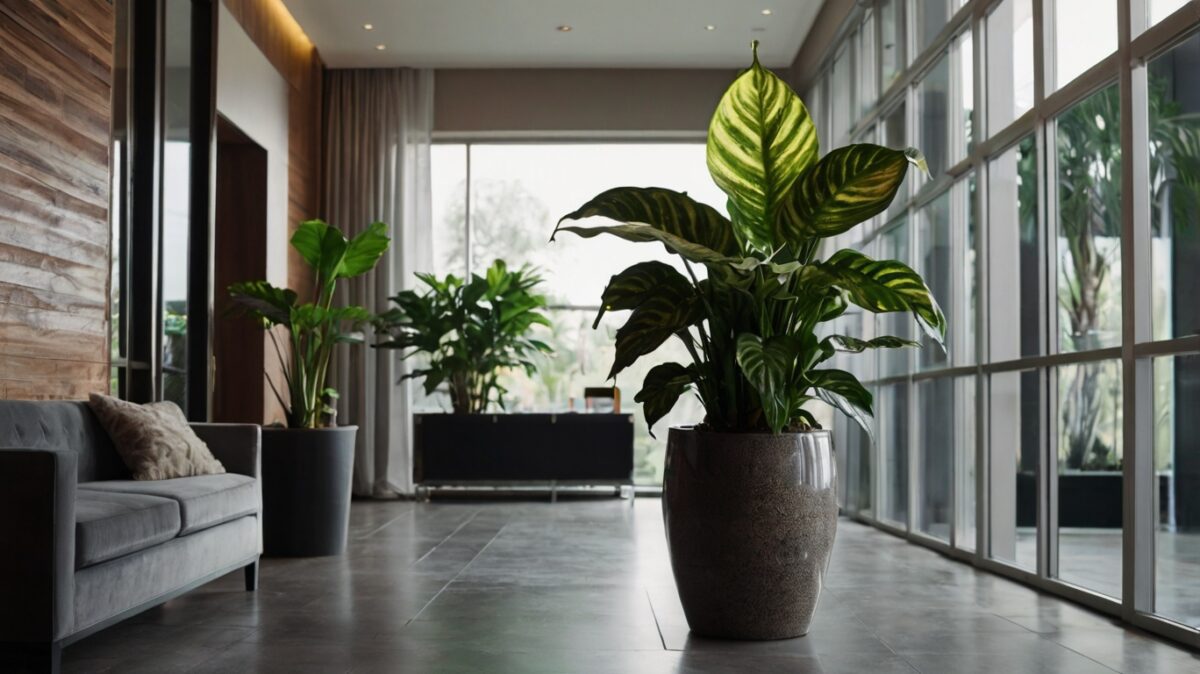
Once you’ve selected your plants, it’s time to get creative with arrangements! The way you position your houseplants can significantly impact the overall look and feel of your space.
One effective technique is layering. By placing taller plants in the back and shorter ones in the front, you create depth and visual interest. This approach not only enhances the aesthetic but also allows for better light distribution among your plants. Imagine a backdrop of tall palms with smaller ferns or succulents in front—it’s a beautiful way to define areas in your home.
Don’t forget about the power of planters and stands! Elevating your plants can add an extra dimension to your design. Use stylish plant stands or hanging planters to create varying heights, making your space feel dynamic and inviting. Plus, decorative pots can complement your home decor, tying everything together beautifully.
RELATED: 10 Best tall houseplants to add a statement to your home
Top Houseplants for Natural Room Dividers
Choosing the right houseplants is crucial for achieving a beautiful and functional natural room divider. Here are some of my favorite options that excel in both aesthetics and practicality.
Fiddle Leaf Fig
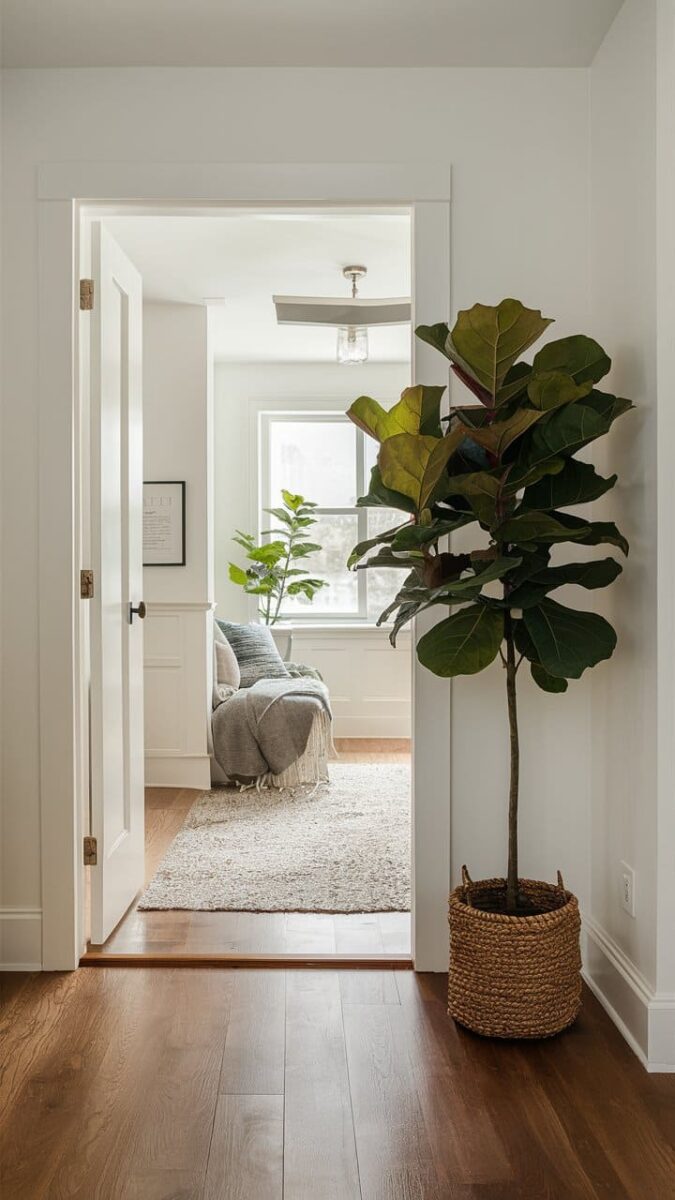
The fiddle leaf fig is a showstopper! With its large, glossy leaves and tall growth habit, it makes an impressive statement in any room.
- Light Requirements: Prefers bright, indirect light but can tolerate some direct sunlight.
- Care Tips: Water when the top inch of soil feels dry. Be mindful of overwatering, as this plant is prone to root rot.
Rubber Plant
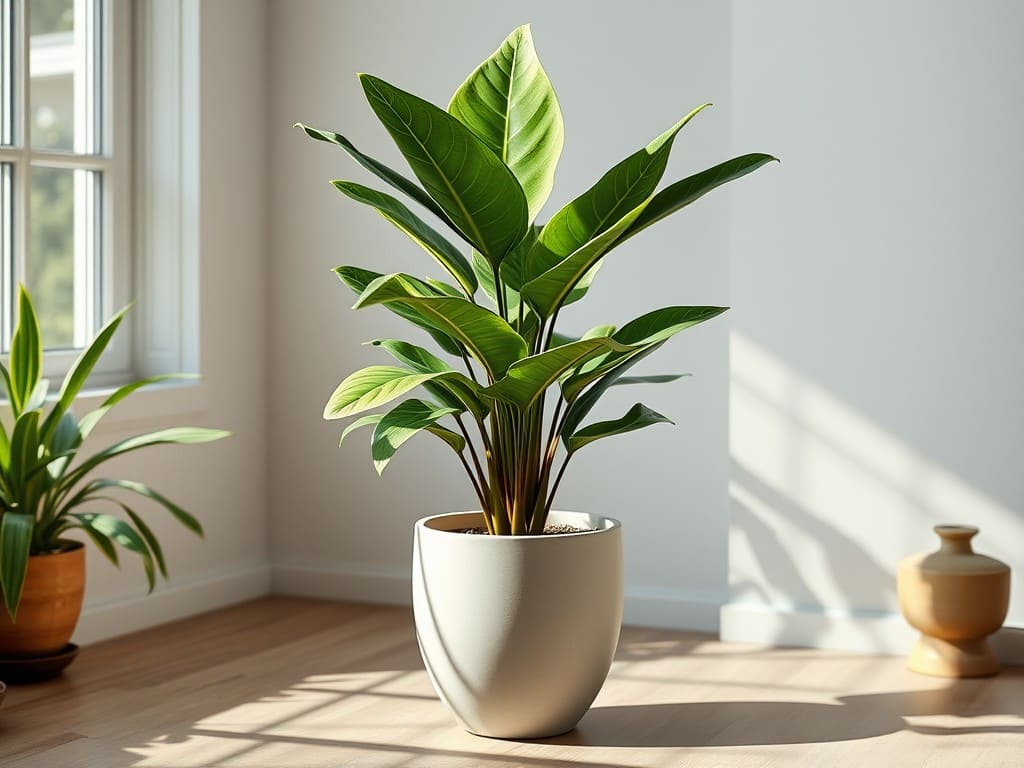
Rubber plants are not only beautiful but also incredibly resilient. Their thick, dark green leaves add a touch of elegance and can grow quite tall, making them perfect for dividing spaces.
- Light Requirements: Thrives in bright, indirect light but can adapt to lower light conditions.
- Care Tips: Water when the top inch of soil is dry. Wipe leaves regularly to keep them dust-free and shiny.
Bamboo Palm
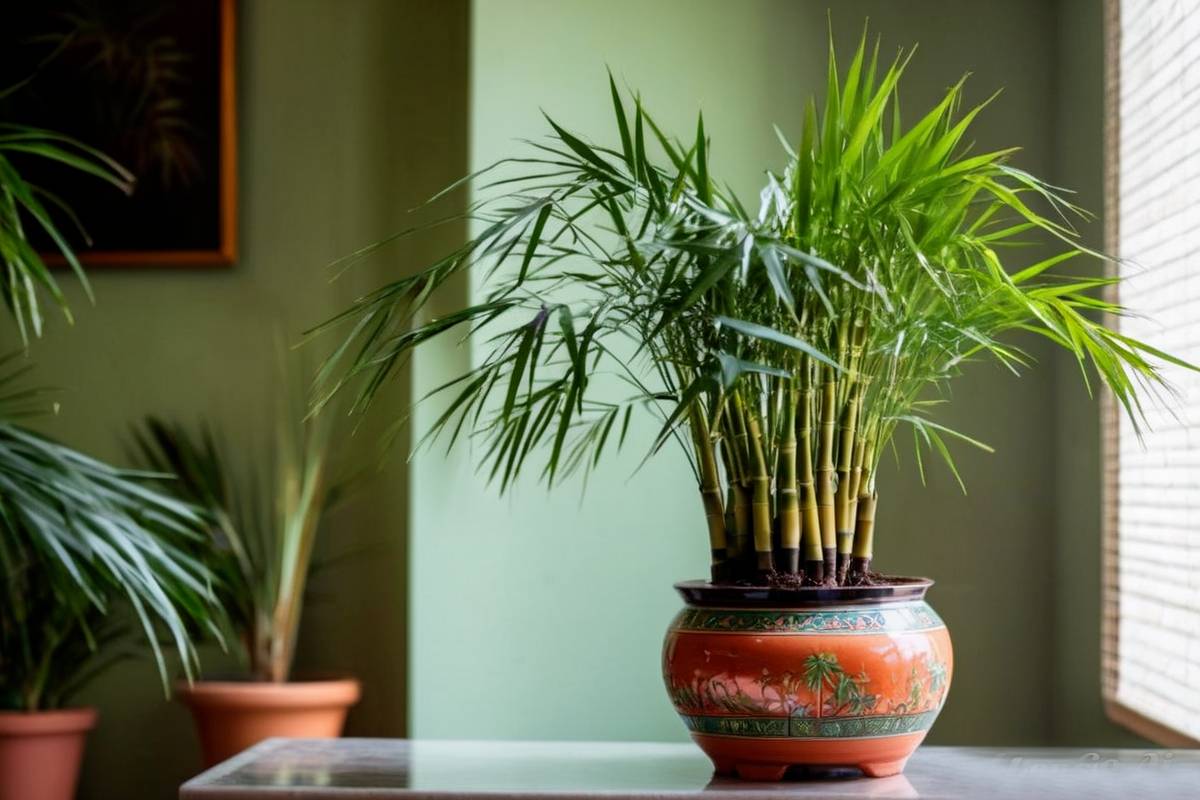
This plant brings a tropical vibe to your home. Its feathery fronds create a lush, green barrier that’s perfect for defining spaces.
- Light Requirements: Prefers bright, indirect light but can tolerate low light.
- Care Tips: Keep the soil consistently moist but not soggy. Mist the leaves occasionally to maintain humidity.
Snake Plant

If you’re looking for a low-maintenance option, the snake plant is your best friend. Its upright leaves add height and structure without requiring much care.
- Light Requirements: Tolerates low light but thrives in indirect light.
- Care Tips: Water sparingly—allow the soil to dry out completely between waterings.
Monstera Deliciosa
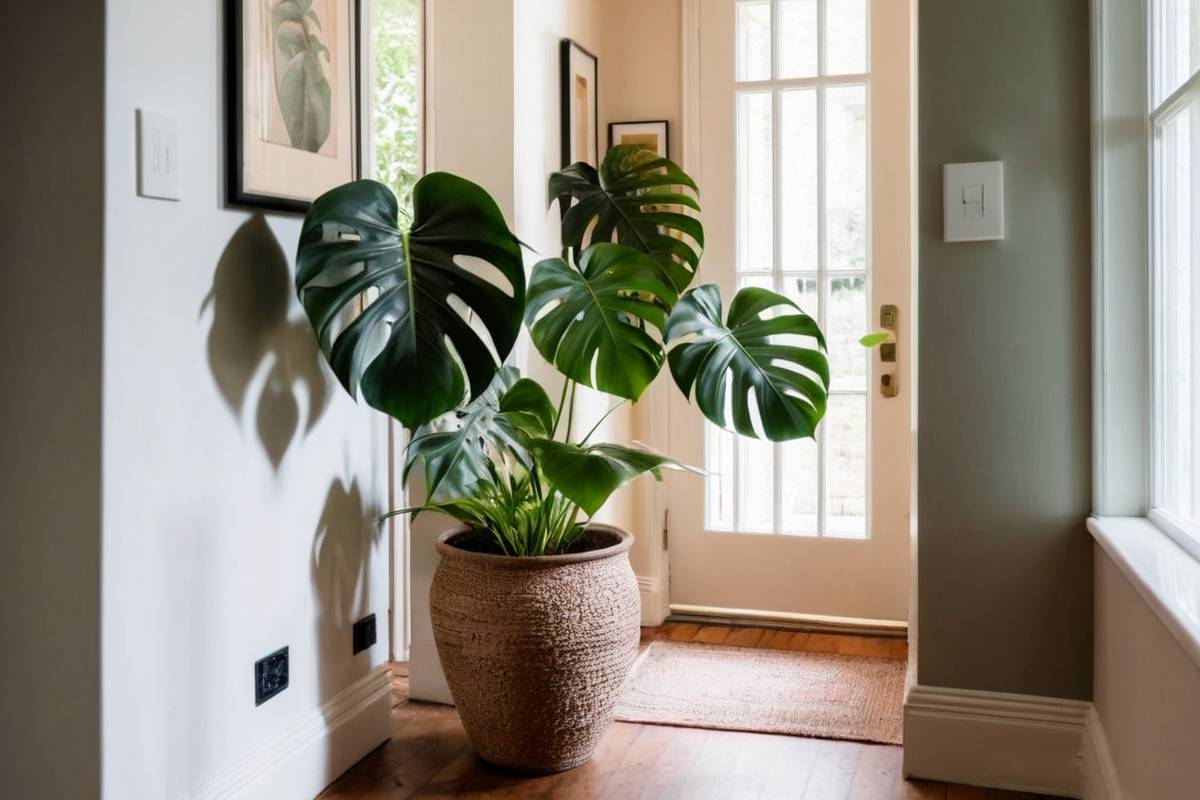
The monstera is a favorite among indoor gardeners for its unique, split leaves. It can grow quite large, making it an eye-catching divider.
- Light Requirements: Prefers bright, indirect light but can adapt to lower light.
- Care Tips: Water when the top inch of soil is dry. It enjoys humidity, so consider misting or placing it in a more humid area.
Care Tips for Your Indoor Garden
Now that you’ve picked out some fabulous plants, let’s talk about how to keep them thriving in your home. Proper care is essential for ensuring your houseplants not only survive but flourish as beautiful room dividers.
One of the most common mistakes in indoor gardening is overwatering. Each plant has its own watering needs, so it’s important to familiarize yourself with them. A good rule of thumb is to check the soil moisture before watering. If the top inch feels dry, it’s time to give your plant a drink.
To keep your plants healthy and encourage growth, consider fertilizing them during the growing season (spring and summer). Use a balanced, water-soluble fertilizer every 4-6 weeks. This will provide the nutrients your plants need to thrive and maintain their vibrant appearance.
Regular maintenance is key to keeping your indoor garden looking its best. Prune any dead or yellowing leaves to encourage new growth and prevent pests. Additionally, rotating your plants every few weeks can ensure they grow evenly and receive adequate light from all angles.
Creating a Cohesive Look
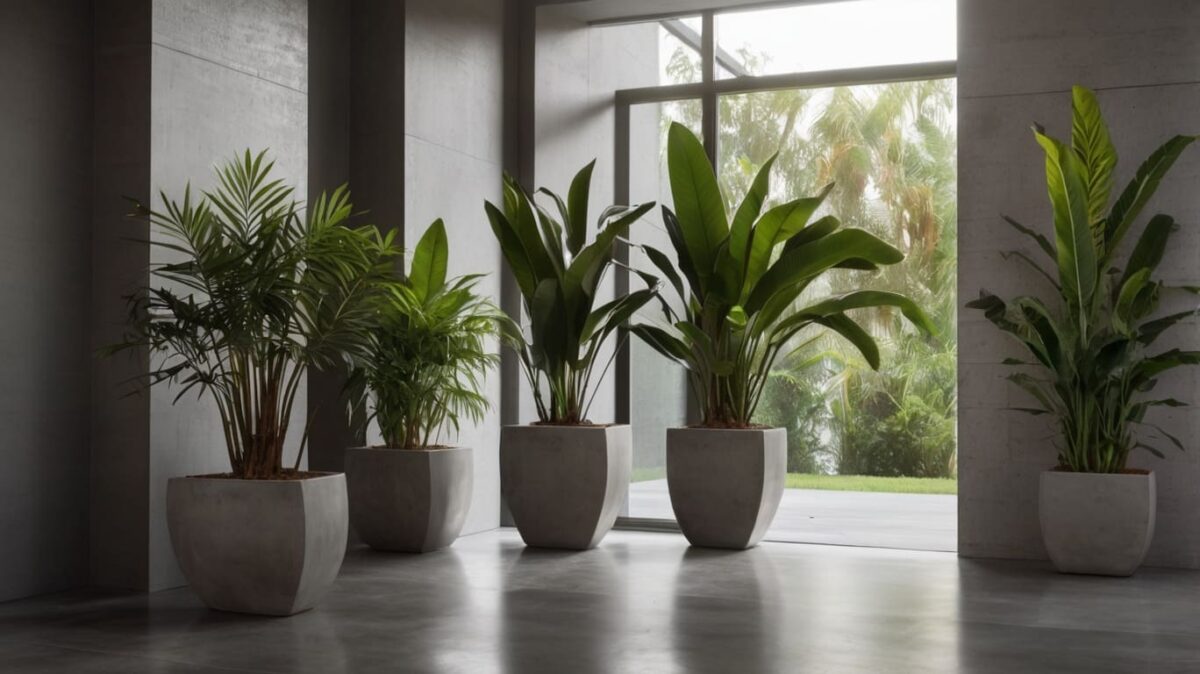
As you arrange your houseplants, think about how they can complement your overall decor. Mixing different textures and leaf shapes can create a visually appealing display that enhances your space.
Consider the colors of your pots and the plants themselves. Neutral pots can provide a clean backdrop for vibrant green foliage, while colorful pots can add a pop of personality.
Grouping plants in odd numbers can create a more dynamic look. For example, place three snake plants of varying heights together to form a natural divider. This not only looks great but also allows you to experiment with different arrangements.
Now, let’s get creative! I’ll share some innovative ideas for arranging your houseplants to create stunning, functional dividers that enhance your open-concept spaces.
Creative Arrangements for Natural Room Dividers
Arranging your houseplants thoughtfully can transform your living space into a lush oasis. Here are some creative ideas to inspire you!
Vertical Gardens
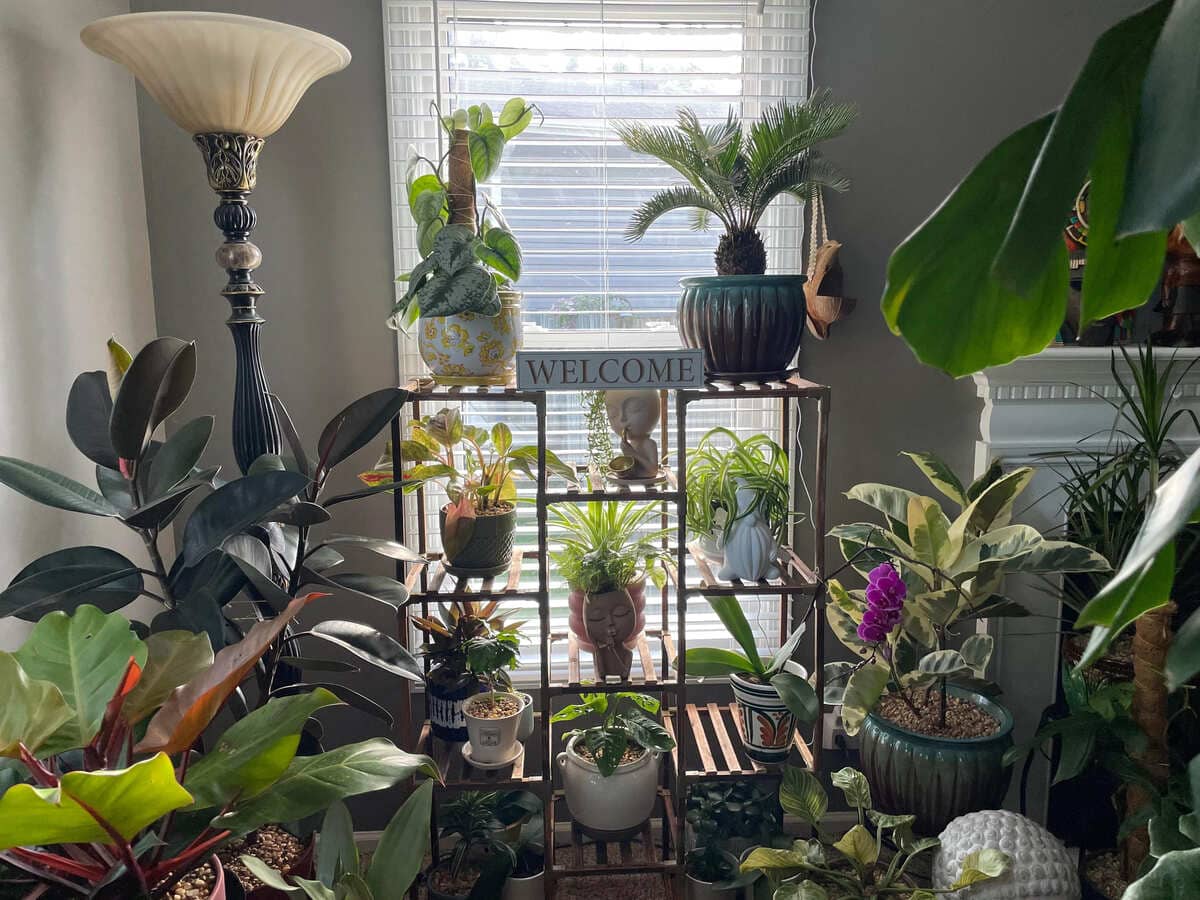
Vertical gardens are a fantastic way to maximize space while adding a striking visual element. You can create a living wall using a variety of plants, such as ferns, philodendrons, and even herbs.
How to Create: Use wall-mounted planters or trellises to support your plants. Arrange them in a way that allows for varying heights and textures. This not only serves as a room divider but also becomes a stunning piece of living art!
Plant Shelves

If you have a bit of floor space, consider using plant shelves to create a multi-level divider. This allows you to showcase a variety of houseplants while defining different areas of your home.
How to Create: Install floating shelves or use a tiered plant stand. Place taller plants on the top shelves and smaller ones below. This arrangement provides depth and visual interest while maintaining an airy feel.
Hanging Planters
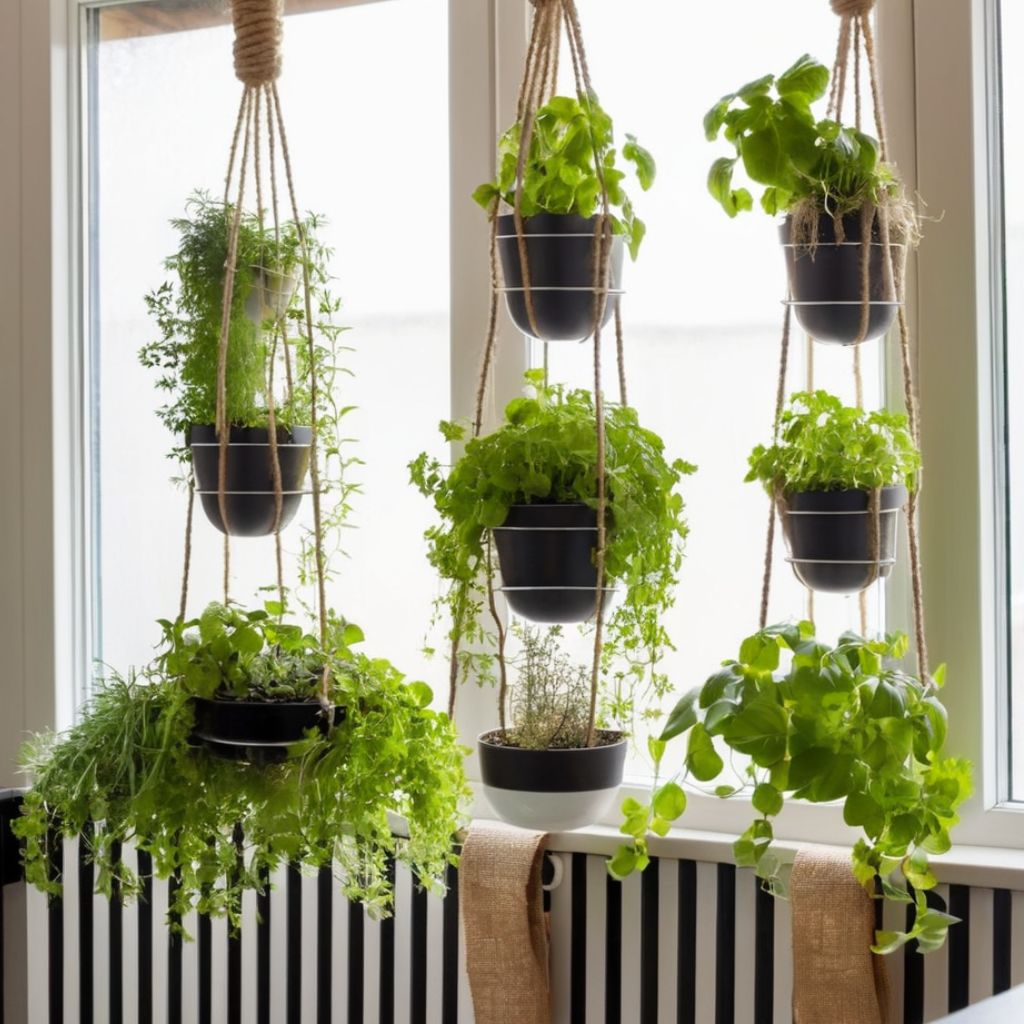
Hanging planters are a stylish way to create separation without taking up valuable floor space. They can add a whimsical touch to your decor while allowing light to filter through.
How to Create: Use macramé hangers or decorative ceiling hooks to suspend your plants at varying heights. Consider trailing plants like pothos or string of hearts for a cascading effect that softens the edges of your space.
Grouped Arrangements
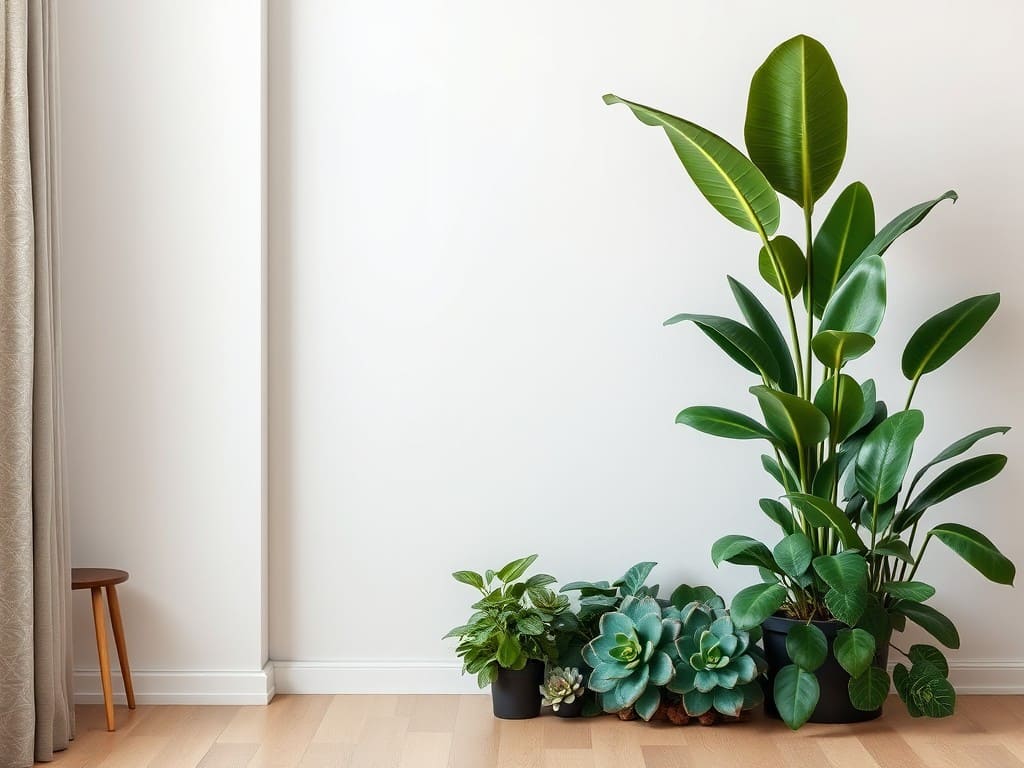
Grouping plants together can create a natural barrier while allowing for easy care and maintenance. This method is especially effective for defining smaller areas, like a reading nook or workspace.
How to Create: Choose a mix of plants with varying heights and textures. For example, place a tall rubber plant next to a cluster of smaller succulents. This creates a dynamic look while providing a sense of enclosure.
Maintaining Your Indoor Garden
Once you’ve set up your beautiful plant arrangements, it’s essential to keep them thriving. Here are some additional maintenance tips to ensure your indoor garden remains healthy and vibrant.
Make it a habit to check your plants regularly for signs of stress or pests. Look for yellowing leaves, wilting, or any unusual spots. Early detection is key to preventing larger issues down the line.
As seasons change, so do light conditions. Be prepared to move your plants around to ensure they receive the appropriate amount of light. If you notice a plant stretching towards the light, it may need to be repositioned.
During the winter months, many plants enter a dormant phase. Reduce watering and stop fertilizing during this time to allow your plants to rest. In spring, you can resume your regular care routine as they awaken and begin to grow again.
RELATED: How much sunlight do indoor gardens need?
Frequently asked questions
How can I ensure my plants thrive in an open-concept space?
Pay attention to light conditions and choose plants that match those requirements. Regularly monitor their health and adjust care as needed.
What if I don’t have a lot of natural light?
There are plenty of low-light houseplants, such as snake plants and pothos, that can thrive in dimmer conditions. Consider using grow lights if necessary.
Can I mix different types of plants together?
Yes! Just ensure that they have similar light and water requirements to create a harmonious arrangement.
Can any houseplant be used as a room divider?
While many houseplants can serve this purpose, it’s best to choose plants that grow tall and have a bushy appearance. Look for options like fiddle leaf figs, rubber plants, or bamboo palms for the best effect.
Will using plants as dividers make my space feel smaller?
Not at all! When arranged thoughtfully, houseplants can create a sense of separation without closing off the space. They add life and texture, making your home feel more inviting.
Using houseplants as natural room dividers is a fantastic way to enhance your open-concept home while adding life and beauty to your space. By carefully selecting your plants, arranging them creatively, and providing proper care, you can create a lush, inviting atmosphere that feels both cozy and expansive.


